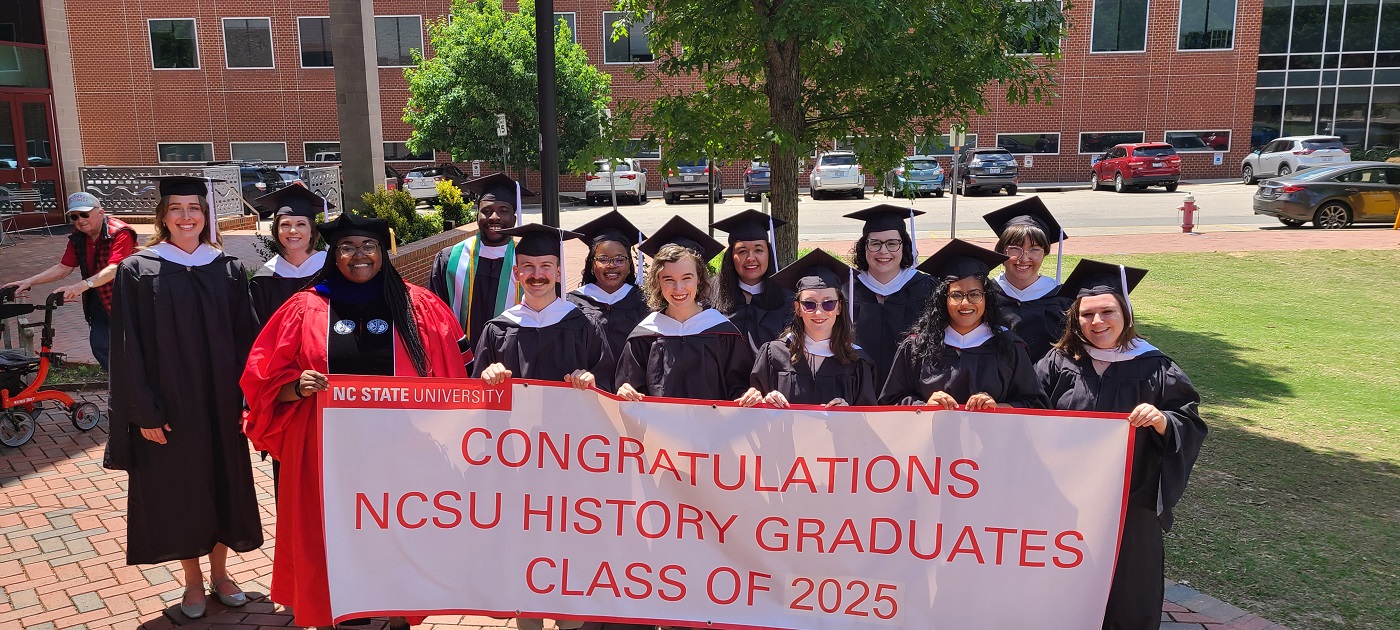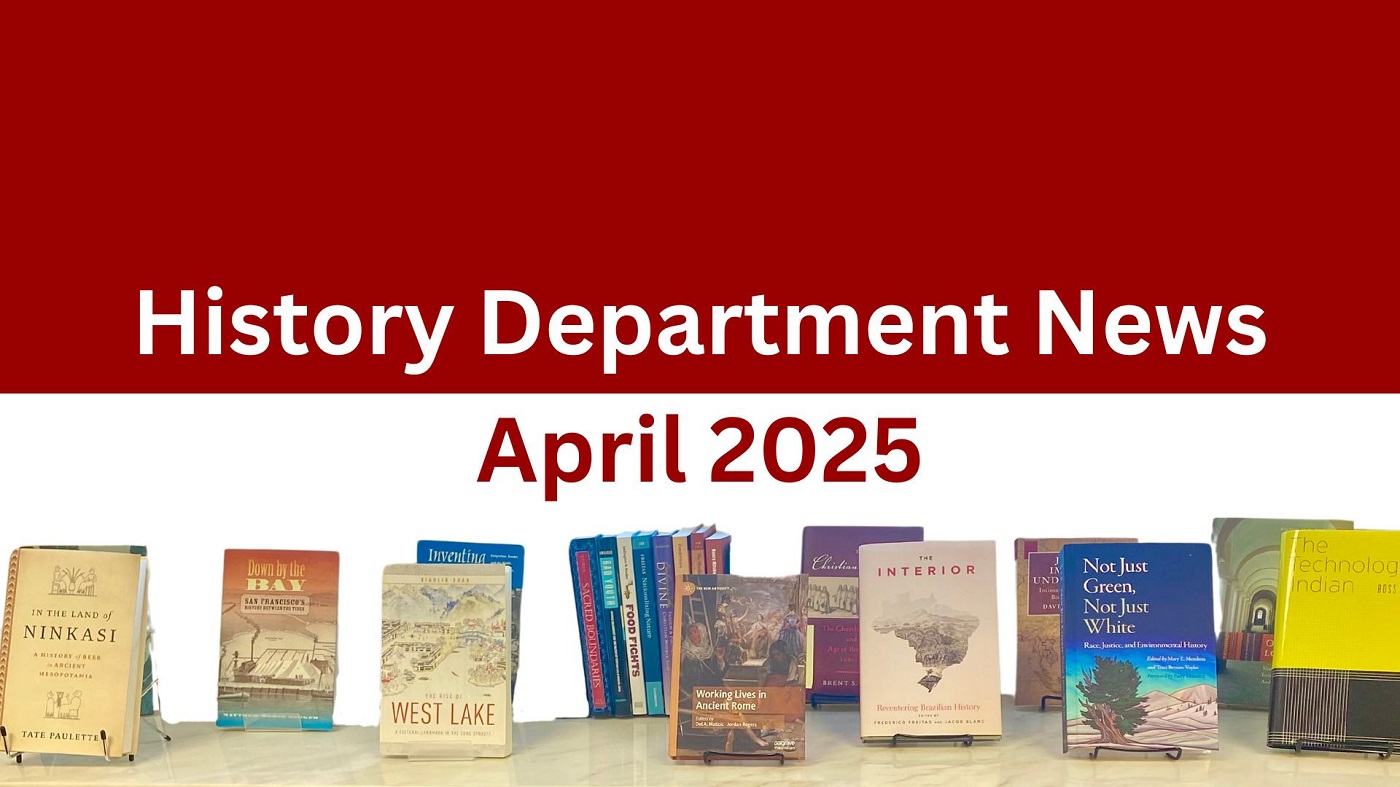Perpetual Improvement: A Potomac Environmental Story
Hall, Jesse Shain. “Perpetual Improvement: A Potomac Environmental Story.” (Under the direction of Dr. Matthew Booker.)
On February 8, 1965, President Lyndon B. Johnson ordered the restoration of the Potomac River, asserting a landscape so “rich in history and memory which flows by our nation’s capital should serve as a model of scenic and recreation values for the entire country.” This work excavates how the Potomac transitioned from a place of work to one of recreation and in need of restoration by the 1960s. Within this transition, recreation became tied to restoration, shaping the values, costs, and assumptions inherent in such a process.
Perpetual Improvement: A Potomac Environmental Story begins by investigating the characteristics that made the Potomac a productive landscape for Native Americans, European settlers, and Americans. The landscape transitioned from a managed environment that suited Native American societies to an intensively cultivated patchwork of farms and plantations meant for agricultural export and profit by the Civil War. Within this alteration, the seeds of change took root and laid the foundation for future environmental concerns. The second chapter examines the rise of industry in the Potomac tidewater after the Civil War. Simultaneously, the Civil War and growing Washington society also gave rise to national symbolism and romantic rhetoric that instilled meaning to the river’s water. The river was a highway that brought city and country together while serving as a larger national metaphor. Chapter three follows the development of metropolitan Washington at the turn of the century as it grappled with the consequences of growth and urbanization. With urban sprawl, environmental concerns became visibly evident and impossible to ignore. Finally, chapter four follows the transformation of the Potomac from a place of work to a place of white, middle-class play in both the landscape and the minds of Americans. The river’s value changed from the resources in it to the scenery and land along the shores as a growing Washington consumed the landscape. Visitors exerted a growing influence on policy and projects as they supported restoration and brought new environmental perceptions.
The Potomac’s role as a place of play usurped competing values and, in turn, shaped future policies and projects, inextricably linking recreation and restoration. Middle-class weekenders and retirees replaced locals, watermen, and farmers along the river’s edge, voicing a vested interest in the health and restoration of the Potomac and overshadowing competing interests in the region. Their voice gave root to the idea of a golden age in restoration goals. Yet, that recreational voice is one-sided, often overwhelming the hopes, dreams, and values of those that once lived along the shores—restoration changes the knowledge and composition of the shore as much as it changes the river’s habitats. Despite the focus on ecological health, restoration is anthropocentric management of another sort, producing environmental and social consequences just like the “improvement” projects of the past. By ignoring more than 400 years of land use and social change, Americans are mired in a process of perpetual improvement, striving for the ideal environment without addressing root causes of environmental change. Better understanding the process of restoration and the fleeting wants of the past will help direct how to proceed in the future—what species we save, what policies we pursue, and the choices we make for generations to come.
- Categories:


